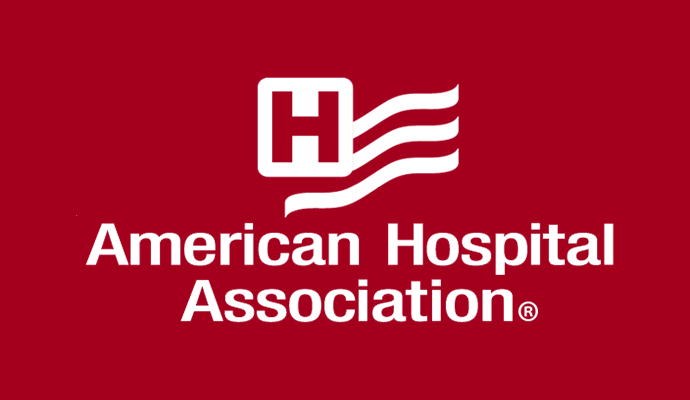AHA Makes Hospital Price Transparency Suggestions to Congress
For a committee hearing on healthcare price transparency, AHA touted compliance progress while urging a review of the federal hospital rule.

Source: American Hospital Association/Xtelligent Healthcare Media
- This week, the American Hospital Association (AHA) told Congress ways to improve hospital price transparency initiatives and compliance.
The United States House Ways and Means Committee earlier this week to discuss healthcare price transparency and efforts to get patients accurate price estimates. Witnesses presenting at the hearing included Christopher M. Whaley, PhD, health economist at the RAND Corporation; Bill Kampine, co-founder and chief innovation officer at Healthcare Bluebook; and Rick Gilfillan, MD, former director of CMS’ Innovation Center and former Trinity Health CEO.
AHA also provided a statement to the Committee on issues related to healthcare price transparency, particularly around the federal hospital price transparency rule.
Under the federal hospital price transparency rule, starting January 1, 2021, hospitals must publicly post via machine-readable files containing standard charges, including gross charges, payer-specific negotiated rates, de-identified minimum and maximum negotiated rates, and discounted cash prices. The rule also requires hospitals to provide patients with an out-of-pocket cost estimator tool or payer-specific negotiated rates for at least 300 shoppable services.
Hospital price transparency compliance lagged in the first year but has increased significantly in 2022, the second year of the requirements. CMS reports that 70 percent of a sample of hospitals (600 acute care hospitals) met consumer-friendly display criteria and posted a machine-readable file.
That year, 82 percent of the hospitals also posted a consumer-friendly display that met the consumer-friendly display website assessment criteria. Additionally, 82 percent posted a machine-readable file that met the website assessment criteria.
AHA pointed to the CMS analysis of hospital price transparency compliance as a sign of progress. The association noted that lower compliance in 2021 — less than a third (27 percent) of a randomly selected group of hospitals met consumer-friendly display criteria and posted a machine-readable file — was because of the strain put on hospitals by the COVID-19 pandemic.
Other analyses interpreting hospital price compliance, such as a recent paper from the Patient Rights Advocate, “misconstrues, ignores and mischaracterizes” compliance, AHA told lawmakers.
CMS attributes greater compliance with the hospital price transparency rule to its enforcement actions, which included education, monitoring, and financial penalties. The agency is implementing more aggressive tactics, such as expediting compliance timelines following a corrective action plan (CAP) and automatic penalties on hospitals that fail to submit a CAP in time, in order to boost compliance even more.
To date, CMS has issued 730 warning letters and required 269 CAPs, according to the AHA. The agency has also imposed financial penalties on four hospitals, with fines ranging from $102,660 to $883,180. CMS can fine hospitals up to $2 million per facility for noncompliance.
Chairman of the Ways and Means Committee Jason Smith (R-MO) criticized CMS’ enforcement strategy, saying the number of fines seems low and consumers “can get more information about a local restaurant from Yelp” than they can about their local hospital from CMS.
AHA said, “[h]ospitals and health systems are eager to continue working toward providing the best possible price estimates for their patients.” But the Biden Administration and Congress should consider steps to support their efforts, including reviewing and streamlining existing healthcare price transparency policies, including the federal hospital price transparency rule and the No Surprises Act, “with a priority objective of reducing potential patient confusion and unnecessary regulatory burden on providers.”
The No Surprises Act prohibits surprise medical bills in which patients are balance billed for out-of-network care given without their knowledge or at an in-network facility. The law also requires good faith estimates for self-pay patients visiting a hospital.
AHA also recommended that lawmakers “[r]efrain from advancing additional legislation or regulations that may further confuse or complicate providers’ ability to provide meaningful price estimates while adding unnecessary costs to the [healthcare] system.” This includes reviewing recent modifications to the compliance process before making legislation to change the federal hospital price transparency rule.
Finally, AHA encouraged lawmakers to continue convening patients, providers, and payers to glean insights on how to make federal healthcare price transparency efforts “as patient-centered as possible.”
